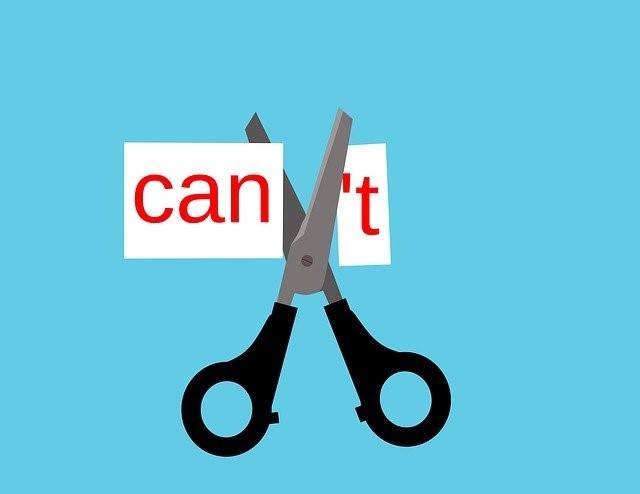At first I was afraid, I was petrified,
kept thinking I would not do well with technology by my side. . .
But then I learned so many hacks to keep things from going wrong,
and I grew strong,
and I learned how to HyFlex along!

Now that you’re groaning with inspiration, check out some of the HyFlex Hacks that have helped me:
- Pause the recording! If you’re recording any components of class, strategically pause it to keep it as streamlined as possible for asynchronous students. Students don’t want to have to fast forward through the class break. If you’re feeling brave, you can start to pause it during class activities e.g. waiting for students to respond – just remember to press record again!
- Get comfortable with online annotation! Flip charts and traditional white boards are out of the question for multimodal delivery. I use Zoom which allows for annotation on whatever is on the screen and it functions the same way as a flipchart or white board.
- Check out Padlet! Padlet is an interactive “message board” that allows students to comment anonymously, reply and react to other students. This is a great way to obtain feedback in real-time but also afterwards. Padlet has different templates you can choose from to organize information and to allow for varying degrees of participation.
- Check out Menti or Nearpod! Both allow for interactive slideshows You can also share the link to the results so students can return and review other people’s responses. With Nearpod, you can upload a slideshow you’ve already created and embed it with interactive activities (as creative as drawing)!
- Don’t forget about your asynchronous students! I meet with all virtual students one-on-one at the beginning of the semester to get to know them and answer questions about online learning. I check in periodically to ensure things are going okay and to ask if there’s anything I can do to improve their experience. I make a point to acknowledge asynchronous students while recording lessons.
- Nurture connections across all modes of delivery. I do this by having students introduce themselves in a Padlet at the beginning of the course. I’ll return to this Padlet during the course for more activities e.g. share a compliment or ask a question to a classmate.
- Take photos, even of your asynchronous students! (with consent, of course). I like to take photos for memories. To include virtual students, I’ve printed coloured photos of them and taped the photos onto sticks so they can join in on any photos we take in-person.
- Create content for asynchronous students. Sometimes the things you do in class won’t be conducive for asynchronous delivery. For example, in one of my class activities, students sat back to back and had to coach each other to draw an item but they could only do so by referring to shapes. The point was to bring to light how easily communication can be misinterpreted. For the asynchronous students, I created a video for them in which I provided the instructions for them to draw. In the main class recording,
- Send care packages! I create care packages that I mail out to online students with any supplies from the classroom, such as swag from guest speakers or Halloween goodie bags.
Oh no not I, I will survive!